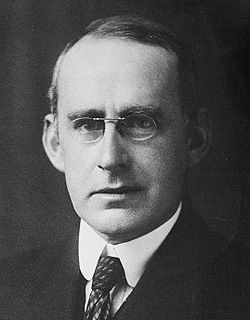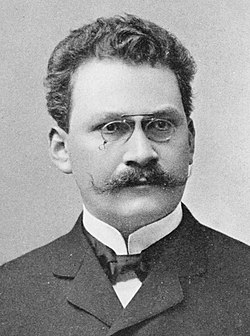| General relativity |
|---|
 |
This is a dynamic list of persons who have made major contributions to the (mainstream) development of general relativity, as acknowledged by standard texts on the subject. Some related lists are mentioned at the bottom of the page.












